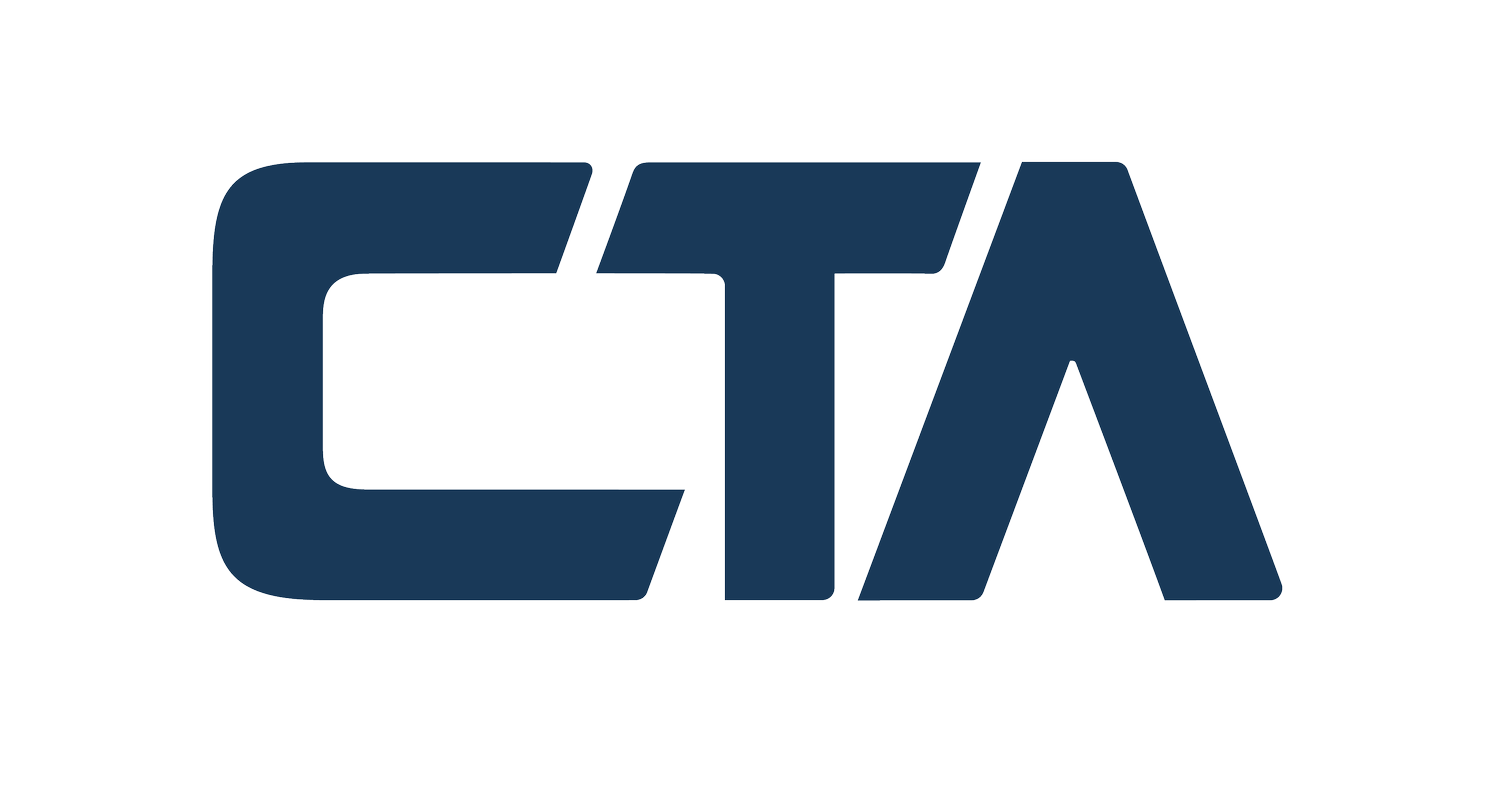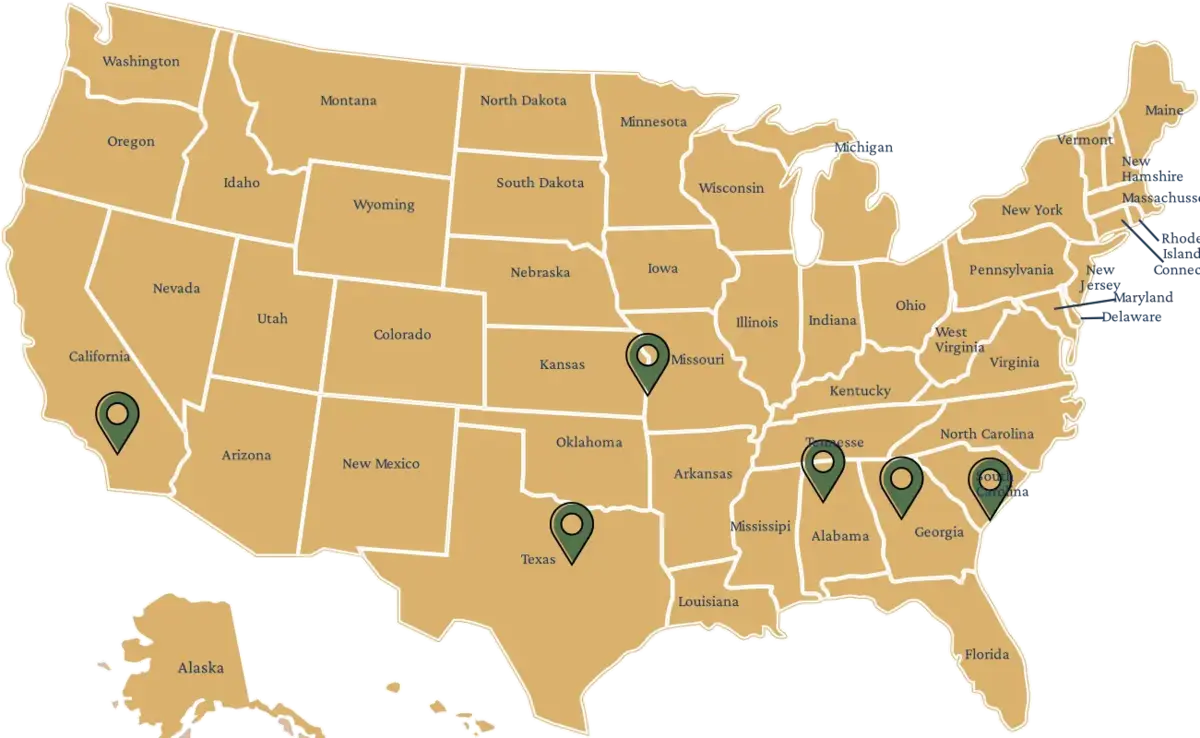We provide initial consultations on ERC matters for both CPA’s and their clients free of charge.
In the realm of corporate taxation and pandemic-related relief measures, the Employee Retention Credit (ERC) has emerged as a significant tool for businesses navigating the economic impacts of COVID-19. A key component of determining eligibility for the ERC is understanding the “ERC Partial Suspension Test.” This article aims to shed light on what this test entails and its importance for businesses seeking to claim the ERC.
Understanding the Employee Retention Credit (ERC)
The ERC is a refundable tax credit introduced under the CARES Act to encourage businesses to retain employees during the COVID-19 pandemic.
It offers financial relief to businesses that have been financially impacted by the pandemic, either through a significant decline in gross receipts or a full or partial suspension of operations due to government orders.

The Concept of Partial Suspension in the ERC
The notion of “partial suspension” is central to the ERC. It refers to a scenario where a business’s operations have been hindered, but not completely halted, due to government orders related to COVID-19. However, this is different from a full suspension, where a business must cease all operations.
Criteria for the ERC Partial Suspension Test
The Partial Suspension Test is applied to determine whether a business’s operations have been sufficiently impacted to qualify for the ERC. The key criteria include:
- Government Orders: The business must have been affected by government orders related to COVID-19. These orders could include limitations on capacity, hours of operation, or access to the business premises.
- Impact on Operations: The orders must have had a more than nominal effect on the business operations. This means the business’s ability to conduct its usual operations was significantly hindered.
- Assessment of Impact: The impact is assessed based on the facts and circumstances of each business. Factors like the nature of the business, the type of operations, and the specific restrictions imposed are considered.
Examples of Partial Suspension
- A restaurant that could no longer offer dine-in services but continued with takeout and delivery.
- A retail store that had to reduce its operating hours or limit customer capacity.
- An office that had to shift to a partial work-from-home model due to social distancing requirements.
Importance of the ERC Partial Suspension Test
Understanding and correctly applying the Partial Suspension Test is crucial for businesses for several reasons:
- Determining Eligibility: It helps businesses ascertain whether they qualify for the ERC under the partial suspension criterion.
- Maximizing Credit: Proper application can ensure that eligible businesses claim the maximum credit available to them.
- Documentation and Compliance: Maintaining appropriate records to substantiate the partial suspension claim is vital for compliance with IRS guidelines.
Conclusion
The ERC Partial Suspension Test is a vital aspect of determining eligibility for the Employee Retention Credit. Businesses must carefully assess their situation against the criteria of this test. This is to understand their eligibility and ensure they are claiming the credit correctly. The pandemic continues to affect businesses in various ways. Understanding such provisions becomes increasingly important for financial stability and resilience.
In conclusion, the ERC offers a lifeline to businesses impacted by COVID-19, and the Partial Suspension Test is a key component in accessing this support. Businesses are encouraged to thoroughly evaluate their circumstances or seek professional advice to make the most of this opportunity.
For further information on the ERC partial suspension test, do not hesitate to contact us.
*For Georgia-based companies, we are also happy to discuss available non-ERC jobs credits programs.








